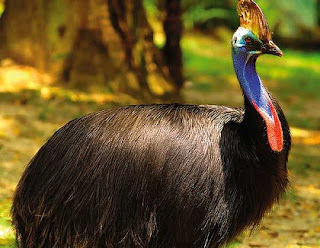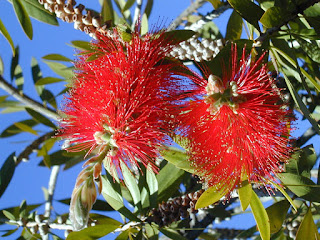KOALA
The koala is an exclusive Australian marsupial. Sometimes bear names it a koala due to his similarity with a bear of plush. Also it looks like the wombat, his alive nearest relative, but with a denser hair, big ears and longer extremities. The koalas only are active during about two hours per day and generate all his fluids from the ingestion of leaves of eucalyptuses. It can spy to the koalas for the whole east coast tempered of Australia. Some of the places that they frequent principally include Tidbinbilla's natural Reservation near Canberra; Port Stephens in New South Wales and the Reservation of Lone Pine's koalas in Queensland. see them in his natural habitat in Phillip Island in Victory and in Yanchep's national Park in Western Australia.
KANGAROO
Kangaroos are the largest marsupial surviving on earth today. They are
well known for their style of movement; hopping on their hind legs whilst using
their large, muscular tail for balance. Kangaroos use their tail like an extra
leg when they are manoeuvring around, or standing still. Kangaroos are one of
the only animals that are not able to move backwards easily, and this is why they
are used on the Australian national emblem.
KOOKABURRA
According to an
Aboriginal legend, the kookaburra's famous chorus of laughter every morning is
a signal for the sky people to light the great fire that illuminates and warms
the earth by day. The legend captures the imagination, but the true function of
the familiar cacophony is to advertise the territory of this bold bird. The
Laughing Kookaburra is the largest of the kingfisher family, but unlike most of
its relatives, it is sedentary and occupies the same territories the year
round. Before spring breeding season, when family groups adjust their
boundaries, an observer can actually locate the territories by listening to the
noisy choruses at dusk as each group calls in turn and awaits the replies of
neighbouring groups.
CASSOWARY
Cassowaries stand
between 1.5-2 metres in height with both sexes similar in appearance. Adults
are striking with their glossy black plumage and bright blue neck with touches
of red. The female is larger than the male and is also the more aggressive of
the two. Cassowaries are the heaviest
bird in Australia.
If you want to learn more about the different animals that you can find in Australia, you can search for information here:

































